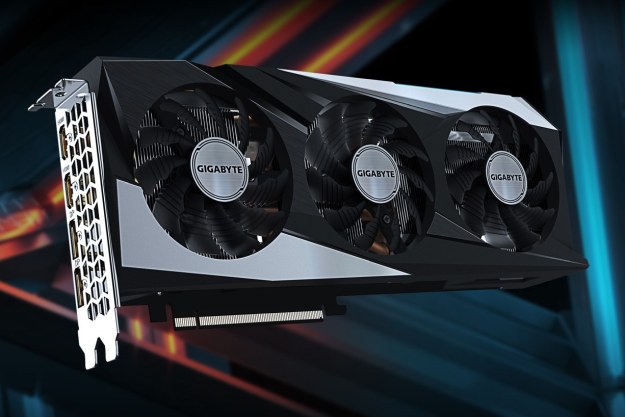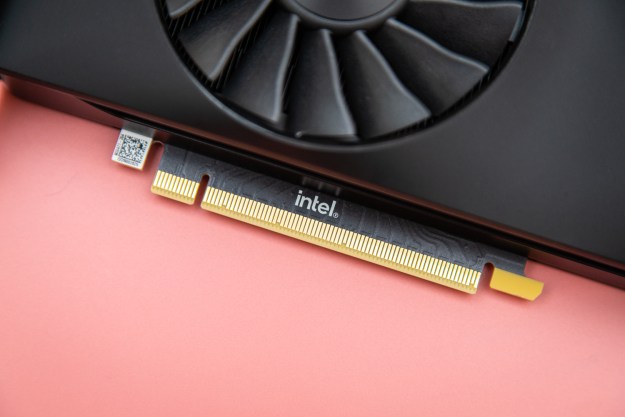
Along with AMD’s suspected top-end graphics cards based on its Vega architecture, AMD has been working on a 500 series lineup to compete more directly with some of Nvidia’s Pascal graphics processors (GPU). Now several AMD partners and retailers have begun listing 500 series graphics cards on their sites.
The first manufacturer spotted with AMD 500 cards in the wild was Asus, which listed RX 550, 570, and 580 GPUs on its site’s support section. They come in a variety of flavors, with the RX 550 offering 2GB and 4GB variants, and the RX 570 and 580 coming with 4GB and 8GB of memory respectively. Those latter two, however, do look set to come in factory overclocked versions, based on their Strix OC labeling.
Joining Asus in its early reveal, Sapphire has an even bigger spread. It too has 550, 570, and 580 RX cards listed on an online retailer (as per VideoCardz). Its cards’ memory options are much the same as Asus’, though its RX 580 does have an option for a 4GB variant too. There is also a “mini” RX 570 listed, as well as Nitro and Pulse iterations, which could suggest overclocking or cooling differences.
MSI didn’t want to be left out it seems, and has a pair of RX 500 series listings for the 570 and 580, with the same memory configurations as the others. Its cards and those listed by other retailers, all look set to come with a combination of HDMI, DVI-D and DisplayPort connectors, with the RX 580 having dual HDMI outputs.
Although it’s not clear if listed prices are placeholders for now, we can use them to give us a rough idea of what we can expect when these cards are launched. Without the 20 percent VAT sales tax that the EU levies on products, the RX 550 is listed around the 100-euro mark, which is approximately $105, though that doesn’t factor in sales taxes.
The RX 570 raises the bar to anywhere between 180 euros ($190) and 240 euros ($255), while the cheapest RX 580 with 4GB memory starts at 235 euros ($250). Its priciest option, however, can go for as much as 305 euros ($325).
The retailer listings slate some of these cards for an April 10 availability, so we may not have to wait long to learn more about AMD’s upcoming 500 series GPUs.
Editors' Recommendations
- Nvidia RTX 50-series graphics cards: news, release date, price, and more
- AMD’s RX 7600 XT might be dead on arrival — but there’s a catch
- AMD just announced the graphics card everyone has been waiting for
- Graphics cards are selling again, and that worries me
- Why AMD’s biggest competitor is no longer Nvidia





